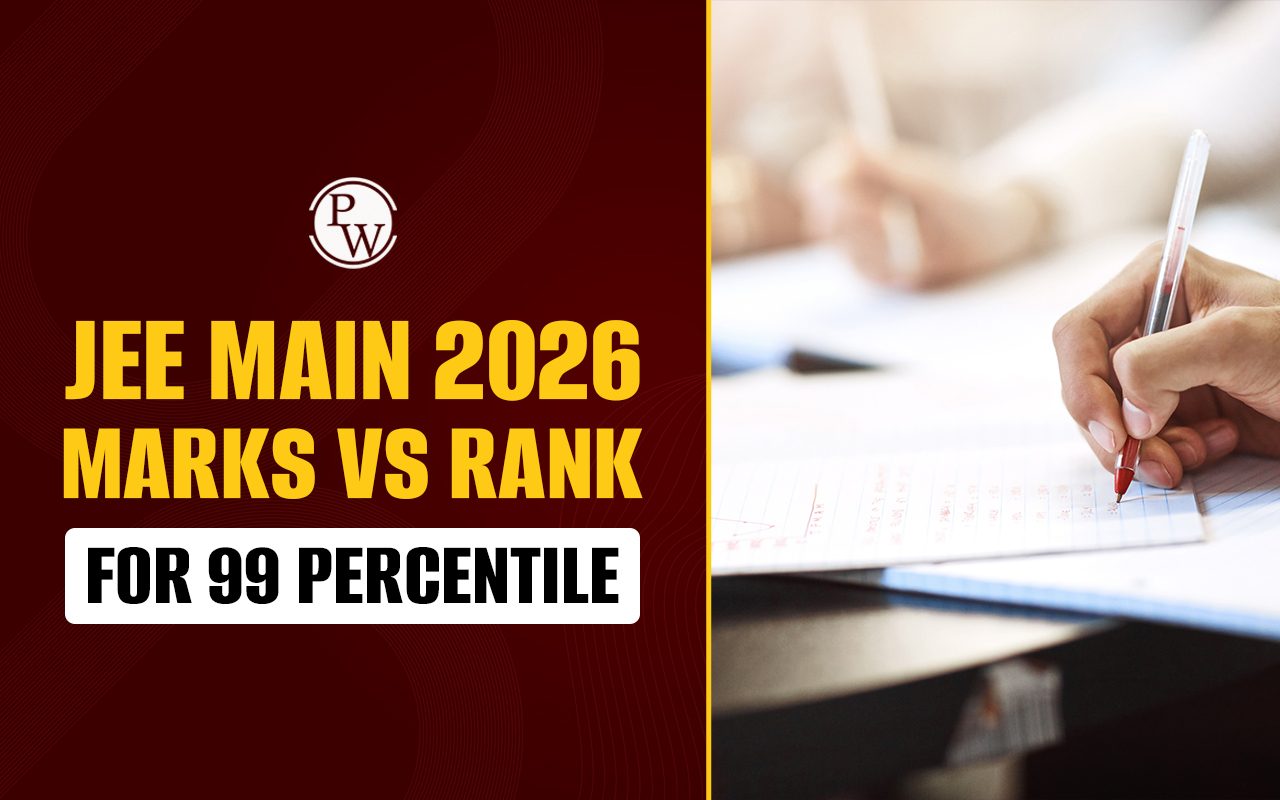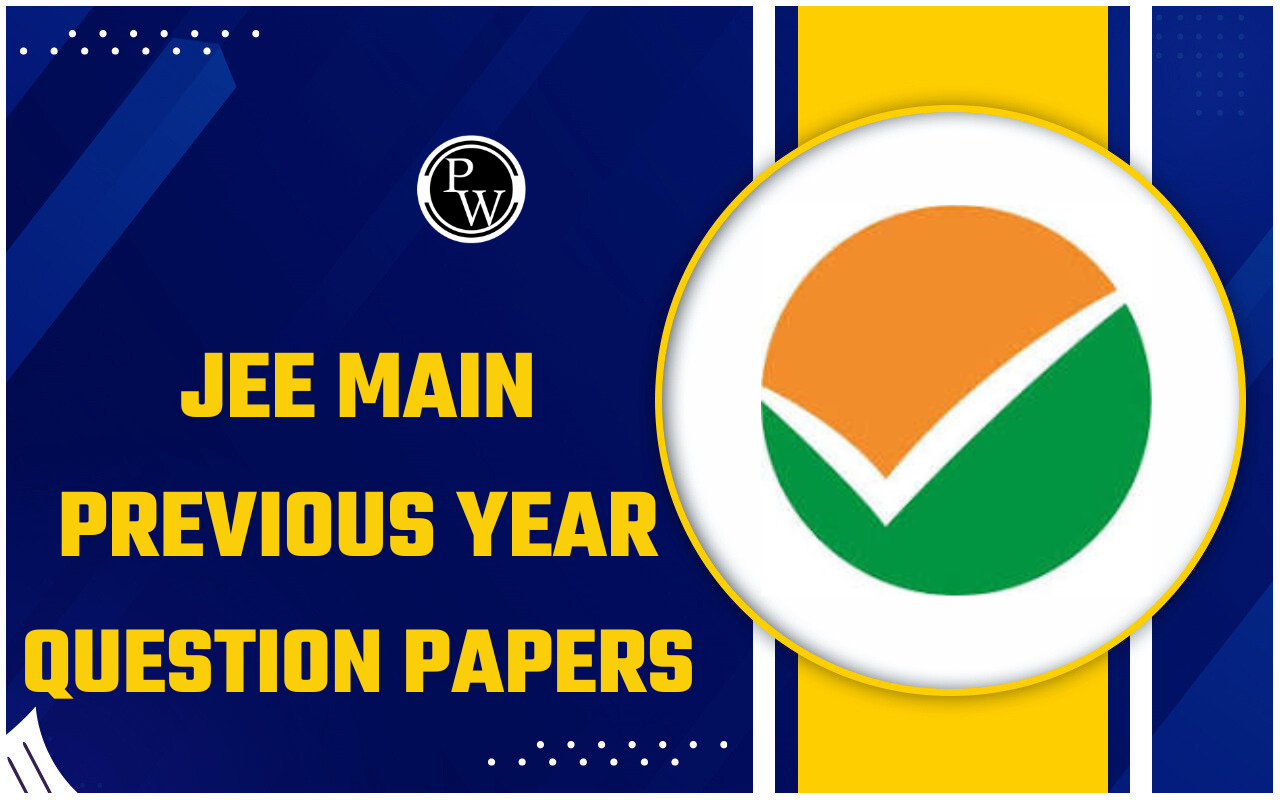
Rolle'S Theorem : According to Rolle’s theorem if a function is continuous in the interval [ a , b ] and differentiable in the interval ( a , b ) and f ( a ) = f ( b ), then there exists at least one point c for which f ' ( c ) = 0 where c ε ( a , b ) Or There exists at least one point c at which slope of tangent is equal to zero.
Rolle'S Theorem Example 1
Rolle'S Theorem Example 1 : Verify Rolle’s theorem for the function f ( x ) = x 2 – 2 x +s 1 on [1, 3]Sol: We have f ( x ) = x 2 – 2 x + 1 which is a polynomial function and polynomial functions are continuous and differentiable for x ε R , now to hold Rolle’s there must be c ε (1, 3) for which f ' ( c ) = 0 holds Let’s check.
f ' ( x ) = 2 x – 2, f ' ( x ) = 0 2 x – 2 = 0 ⇒ x = 1 ε (1, 3) Hence Rolle’s Theorem verified.Rolle'S Theorem Example 2
Rolle'S Theorem Example 2 : Verify Rolle’s theorem for the function f ( x ) = | x – 6| on [–7, 7]Sol:
Rolle'S Theorem Rapid Questions
- Verify Rolle’s theorem for the function x 2 -4 on [– 1, 1]?
- Verify Rolle’s theorem for the function x-5 +6 on [–3, 6]?
Explanation of Conditions in Rolle’s theorem
Why function must be continuous at [a, b] and differentiable at (a, b)? If a function is not continuous and differentiable then we can’t generalize the condition f ’( c ) = 0 as c is a general point between [a, b]
Rolle'S Theorem Rapid Questions Example 1
Example 1
: Verify Rolle's theorem for the function
in the interval [0, 5]
Sol:
Rolle'S Theorem Rapid Questions Example 2
Example 2 : Verify Rolle’s Theorem for the function | x 2 – 3 x + 2 | in the interval [0, 6].Sol:
Rapid Questions -
1. Verify Rolle’s Theorem for the function | x 2 – 5 x + 6 | in the interval [0, 7].
2. Verify Rolle’s Theorem for the function 15 x – 3in the interval [0, 3].
Why interval must be [ a , b ] for continuity? We may have three possibilities [ a , b ), ( a , b ], ( a , b )Rolle'S Theorem Case-1 (a , b)
Here function is considered as continuous at [ a , b ) Let’s make a graph.
Rolle'S Theorem Case-2 (a , b)
Case-2 [ a , b ) : In similar way [ a , b ) can also be explained.
Rolle'S Theorem Case-3 (a , b)
Case-3 ( a , b ) : In above as we can see function is continuous and differentiable at ( a , b ), f ( a ) = f ( b ) and also f ’( c ) = 0 exist Now let’s see next situation
When function would not take U turn?
If graph is a line parallel to x axis and continuous, differentiable at [a, b] and (a, b) respectively.
Rolle'S Theorem Illustrations
Q. 1. Verify Rolle’s Theorem for f ( x ) = sin2 x on [0, 2]
Sol :
Since Sin2x is continuous and differentiable function in
and
f
(0)
.
Q. 2. Verify Rolle’s Theorem for f(x)= 6 x – 4 x on [0, 6]
Sol: Since 6 x – 4 x is continuous and differentiable function in [0, 6] and f (0) = f (6) = 0.
So, f’( x ) = 0 ⇒ 6 – 8sin x = 0, sin x = 34 ⇒ x =.24
Hence verified.Rapid Questions -
1.
Verify Rolle’s Theorem for
f
(
x
) =
– sin
on [–1, 0]
2. Verify Rolle’s Theorem for f ( x ) = x 2 – 5 x + 4 on [1, 4]
Rolle's Theorem FAQs
Q.1: Does Rolle’s Theorem always hold for discontinuous functions on [a, b]?
Q.2: Does Rolle’s Theorem always hold for differentiable functions on (a, b)?
Q.3 : Does f'(c) = 0 represents slope of horizontal tangent?
Q. 4 : There exists exactly one point between (a, b) for a function if Rolle’s Theorem hold on it?
Q.5: Verify Rolle’s Theorem for the function f (x) = x(x + 1)(x + 2) on [0, 4].










